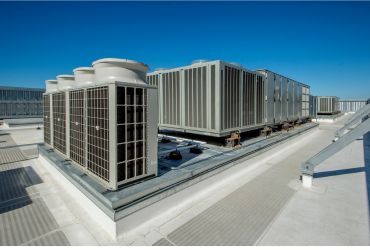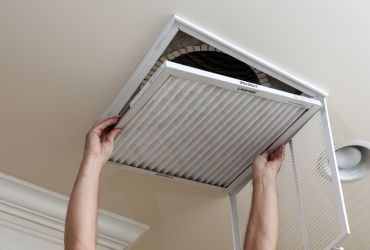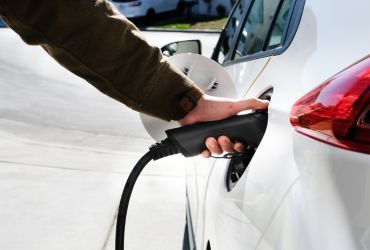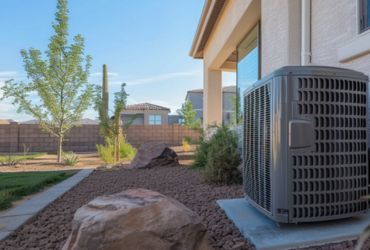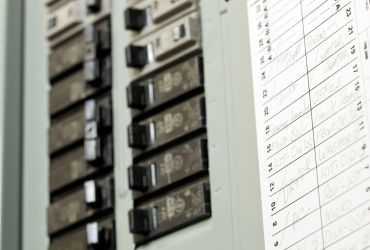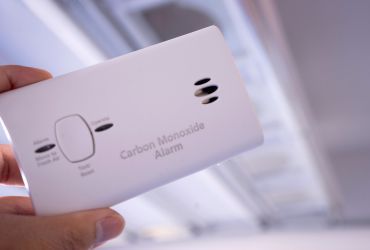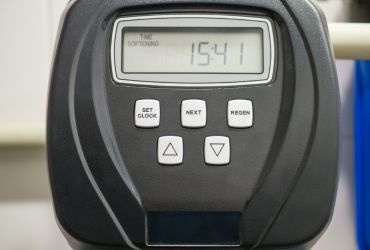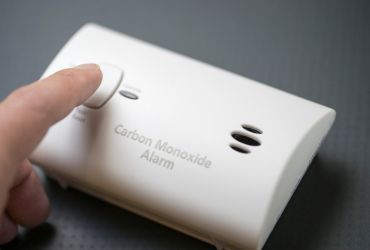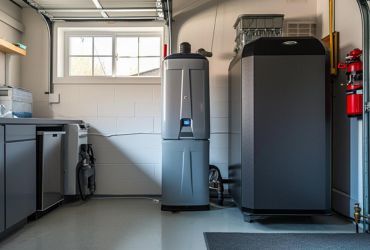The Importance of Regular Commercial HVAC Maintenance: Keeping Businesses Running Smoothly
TL;DR: Regular maintenance of your commercial HVAC system is crucial for cost savings, preventing breakdowns, and optimizing efficiency. Professionals conduct preventive measures like safety tests and lubrication to catch minor issues early, minimizing downtime. Businesses can save up to 20% annually on energy bills and extend HVAC lifespan with regular maintenance. Moreover, it improves indoor air quality by removing pollutants, ensuring a healthier workspace. Maintaining warranty requirements and considering extended warranties further safeguard investments. For expert HVAC maintenance, contact Cummings Plumbing for guaranteed satisfaction and honest pricing.
Ensuring your commercial property is equipped with a functioning HVAC system is important for maintaining a healthy, comfortable, and productive environment for both employees and customers. The importance of regular commercial HVAC maintenance lies in its ability to reduce operational costs, prevent potential breakdowns, and optimize system performance for better energy efficiency.
By embracing preventive maintenance, including air filters and duct cleaning, business owners can safeguard against emergencies and ensure customer satisfaction. At the same time, they can contribute to a positive and inviting atmosphere.
Routine checks can lead to significant savings on energy bills, extend the lifespan of your HVAC units, and enhance indoor air quality. That’s why you should consider hiring professionals to do it for you. This article explores what regular maintenance does for your HVAC system.
Prevents Unexpected Breakdowns
Regular maintenance of your commercial HVAC system is important in preventing unexpected breakdowns and ensuring the system operates efficiently and effectively. Here’s how regular checks and maintenance can save you from the inconvenience and costs of sudden system failures.
Preventive Measures
During preventive maintenance checks, professionals perform a series of critical tasks, including:
- Conducting safety tests
- Lubricating moving parts
- Checking for leaks in the ductwork
- Examining electrical connections
- Ensuring all components function correctly
- Inspecting and replacing belts as necessary
- Cleaning coils and filters
Thorough inspections allow technicians to catch minor problems before they become more costly issues.
Minimizing Downtime
Regular maintenance minimizes downtime and significantly reduces the likelihood of system failures. This is crucial for commercial facilities where any disruption can lead to loss of productivity and discomfort.
Scheduled annual tune-ups are necessary to maintain HVAC system efficiency, ensuring optimal performance and preventing unexpected breakdowns from occuring during peak usage times.
Increases Efficiency
Focusing on the efficiency of your commercial HVAC system is not just about keeping the air conditioning running. It’s also about optimizing performance to save money and enhance comfort. Below, you can find the key ways regular maintenance can achieve this.
Cost Savings
Organizations can save between 5-20% annually on energy bills through regular maintenance. This is because proactive maintenance is one of the most cost-effective methods to decrease energy consumption, leading to:
- direct savings on utility bills
- an extended life for the HVAC system
- an increase in property value
Environmental Impact
By maintaining optimal efficiency, commercial HVAC systems contribute positively to the environment by lowering carbon emissions. Upgrading to high-efficiency solutions and electric appliances further reduces your carbon footprint. This makes your business part of the solution to a larger global challenge.
Extends System Lifespan
Routine checks and upkeep are essential for prolonging the life of your commercial HVAC system. A properly maintained system runs more effectively and has a considerably longer lifespan than those that are overlooked.
Here’s how regular maintenance impacts the longevity of your HVAC components:
- Furnaces and Boilers: With regular care, these can last between 15 to 20 years, far exceeding the lower end of the typical lifespan.
- Central Air Conditioning Units and Heat Pumps: When properly maintained, these crucial components can serve your facility well for 12 to 17 years.
- Geothermal and Solar Solutions: Geothermal heat pumps have the longest potential lifespans and can last 25 to 30 years, with ground loops lasting over 50 years, and solar HVAC solutions also boast a 25 to 30-year lifespan.
Factors such as usage patterns, maintenance regularity, and brand quality significantly determine how long your system will last. Incorporating regular filter changes, annual system tune-ups, and smart thermostat installations can further enhance the lifespan of your HVAC system.
Improving Indoor Air Quality
Improving indoor air quality (IAQ) is very important for ensuring a healthy, comfortable workspace. Polluted indoor air from dirty coils and blower components in your air conditioning system may lead to health issues. Regular maintenance of your commercial HVAC system plays a crucial role in preventing such issues.
Pollutant Removal
Regular HVAC maintenance, including air duct cleaning, removes pollutants and contaminants. This measure greatly enhances indoor air quality by removing dust, allergens, and other detrimental particles.
Professional HVAC service providers are skilled in thoroughly removing debris and allergens, ensuring the air your employees and customers breathe is clean and healthy.
Preventing Contaminant Buildup
Maintenance routines reduce the buildup of contaminants like pollen and fungi. These regular checks keep the HVAC system running efficiently, minimizing the presence of harmful pollutants and contributing to a healthier indoor environment.
Innovative Solutions for Improved IAQ
Incorporating advanced technologies such as air purifiers and UV germicidal lights into your HVAC system can further enhance indoor air quality. These advancements successfully eradicate bacteria and viruses, providing an extra layer of defense against pollutants in indoor air.
Maintaining the Warranty
Maintaining the warranty ensures its longevity and safeguards your investment against unforeseen expenses.
Warranty Requirements
Maintaining your warranty requires following the manufacturer’s recommended maintenance schedule. Failing to do so, such as neglecting annual tune-ups or using non-approved parts, can void your warranty. This implies you might bear the expenses of repairs or replacements that would otherwise have been covered.
Documentation is Key
Ensure a licensed contractor performs all servicing. Keep a record of all the work done, including maintenance and any parts purchased, that you can use as evidence in the event of disagreements.
Extended Warranties and Maintenance Agreements
Consider purchasing extended warranties or maintenance agreements from your contractor. These can offer additional protection beyond the manufacturer’s warranty and often require regular servicing to remain valid.
This synergy between maintenance agreements and warranties emphasizes the importance of regular HVAC maintenance for operational efficiency and warranty validation.
Improves Comfort and Productivity
Studies suggest that men and women have different temperature preferences. Men typically prefer cooler environments around 70 degrees Fahrenheit, while women and older employees favor slightly warmer conditions. This variance underlines the importance of finding a general temperature preference or creating separate zones to accommodate diverse comfort needs.
A well-maintained system guarantees the even distribution of hot or cold air, keeping the environment at an optimal temperature regardless of extreme weather conditions.
Discomfort caused by non-optimal temperatures can decrease cognitive functions such as concentration and problem-solving skills. Under uncomfortable conditions, employees are more prone to errors and exhibit slower typing speeds. Regular maintenance ensures the HVAC system provides consistent and reliable performance, mitigating these issues.
Wrapping Up: Keeping Businesses Running Smoothly
Through diligent maintenance and understanding, the commercial HVAC system emerges as a leading factor in creating a productive and comfortable environment for everyone. The importance of regular commercial HVAC maintenance optimizes system performance and energy efficiency and significantly extends the equipment’s lifespan.
For those seeking expert HVAC maintenance, Cummings Plumbing stands ready to ensure your commercial property remains comfortable and energy-efficient. We offer free estimates, guaranteed satisfaction, and honest pricing.
Businesses that embrace these maintenance practices benefit from a healthier, more efficient environment. Contact us today, and let’s make a difference in your commercial property!

